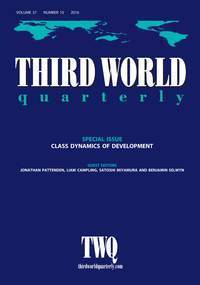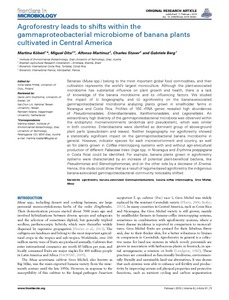National Water Plan 2016-2021.
This National Water Plan provides the broad outlines, principles and direction of the national water policy of the Netherlands for the 2016-2021 planning period, with a projection towards 2050. It also concerns related aspects of spatial policy. The National Water Plan lays down the central government’s strategic goals for water management. The Management and Development Plan for the National Waters by Rijkswaterstaat (RWS) outlines the conditions and measures for operational management to achieve these strategic goals.







